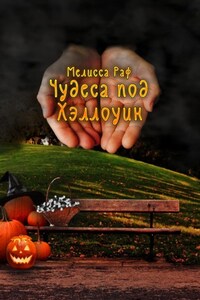Hollow Places

IN THE MIDDLE AGES, a remarkable tomb was carved to cover the bones of an English hero. For centuries, tales spread about dragons, giants and devils. How and why this happened is the subject of this book.Do you wonder where dragons once lurked and where the local fairies baked their loaves? Or where wolves were trapped and suicides buried? Did people in the past really believe the marvellous stories they told and can those beliefs and those stories still teach us something about how to live in the world today?These questions lie at the heart of Christopher Hadley’s Hollow Places as it searches through the centuries for the truth behind the legend of Piers Shonks, a giant from a village in Hertfordshire, who slew a dragon that once had its lair under ancient yew in a field called Great Pepsells.Hadley’s quest takes us on a journey into the margins of history: to the margins of the Bayeux Tapestry where strange creatures gather, of ancient woodland where hollow trees hide secrets, of 18th century manuscripts where antiquaries scribbled clues to the identity of folk heroes.Hollow Places takes us back shivering to a church in Georgian England, to stand atop its tower triangulating the Elizabethan countryside, and to confront the zealous Mr Dowsing and his thugs looting the brasses and smashing the masonry during the Civil War. It asks why Churchwarden Morris could not sleep at night, and how long bones last in a crypt, and where a medieval stonemason found his inspiration.Hollow Places rescues a vanished world and wrestles with superstition, with what people really believed; with what that tells us about them and how very much we are still alike– dragons or nay.The story of Piers Shonks is an obscure tale, but it has endured: the survivor of an 800-year battle between storytellers and those who would mock or silence them. Shonks’ story stands for all those thousands of seemingly forgotten tales that used to belong to every village. It is an adventure into the past by a talented and original new writer and a meditation on memory and belief that underlines the importance and the power of the folk legends we used to tell and why they still matter.







